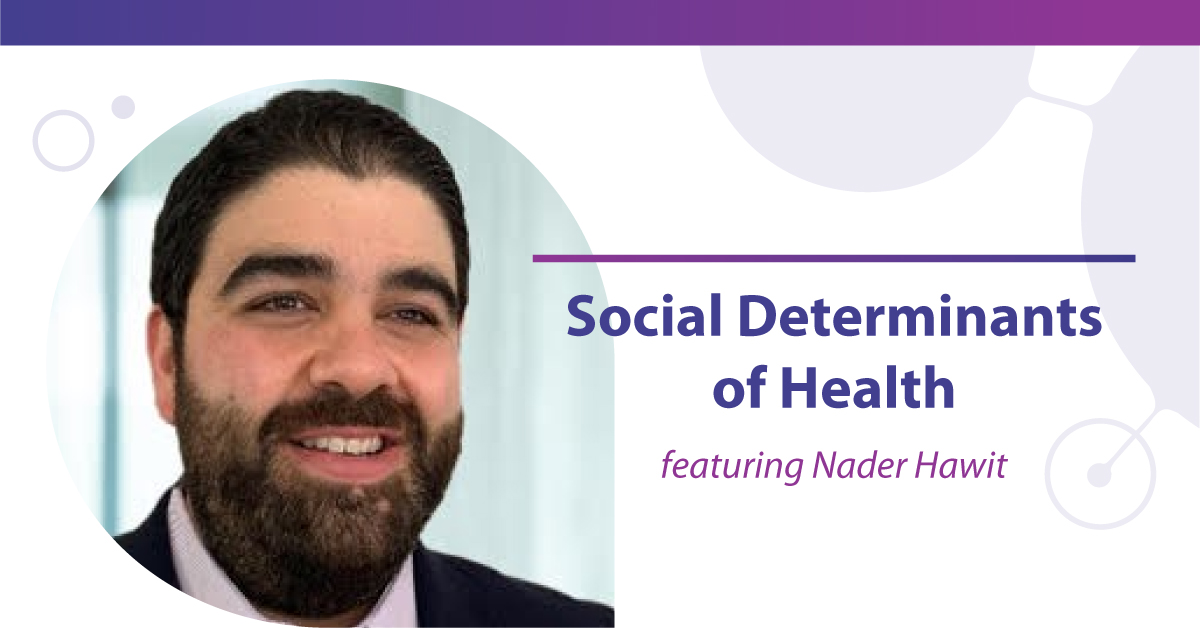
Social Determinants of Health: the Importance of Access to Education
As we continue to explore the specifics and importance of each social determinant of health (SDOH), join us this month as Senior Director of Digital Products Nader Hawit dives in to the importance of access to education. As reliable access to education becomes more correlated with other determinants of health, it is important to address the different segments of access and how they can each benefit the community in a positive way.
Resources and availability to those resources is one of the root problems related to access to education. How can an individual want access to education if they haven’t first been educated on it’s importance? MTM Health focuses on implementing resources in order to close the bridge towards education accessibility. Tools such as our Ombudsman Program, a community liaison program created to share non-emergency medical transportation (NEMT) resources; tailored materials based on specific audiences; managing transit to and from education events like our Member to Care programs; and more can lead to positive change in this branch of SDOH.
Additional resources like health literature, podcasts, social media campaigns, and more appeal to a combination of demographics, which is the overall goal. The more members we reach, the more we can help a targeted location, demographic, or household overcome the hurdles associated with limited access to education.
The Barriers
Barriers to accessing education can come in all shapes and sizes. For instance, according to a study conducted by Margaret Cashen and Patricia Dykes in the Journal of Cardiovascular Nursing, 33% of Latino respondents described a problem with understanding and communicating to their health care provider. The journal continues on by saying, “Disparities in accessing health information exist for various vulnerable populations. The most needy of these groups may require extensive, multispecialty healthcare and may have particular problems with access, treatment adherence, access to education, and more.”
Additional barriers like access to internet or technology, limited or no transportation to educational centers and schools, and more are huge factors. Ensuring access to relevant educational collateral through the right channel can springboard initiatives targeting each of the SDOH pillars. For example, enabling a connection with just one community liaison or online tool often opens the door to the full array SDOH resources. Overcoming barriers to access services will empower communities and yield improved health outcomes.
SDOH Gaps Through Lack of Education
Lack of general education has a strong tie to socioeconomic status. These cohorts often demonstrate SDOH gaps and unfavorable health outcomes. State programs such as Every Block a Village, a program in Austin, Texas that equips local residents with internet access and encourages neighbors to orchestrate meetings for those without internet access, can be the tool that helps bridge the education gap. It is a great way to not only solidify community ties, but also educate as a group.
These programs then lead to a tangible, physical access point for SDOH community resources and disease specific public health campaigns. When health education is shared, including general education by word of mouth, there lies a stronger sense of community, and an increased likelihood that individuals will reach out for help. At MTM Health, we look in to programs like these to address the social determinant of access to education head on, looking for ways to not only educate individuals on common health practices and outcomes due to lack of resources, but also provide the transportation needed to access these education and health centers.
MTM Health Closes the Gap
Education programs and tools may be available to individuals throughout a community, but what about those who are affected by transportation barriers? Many may have access to physical locations and programs to educate them on the importance of their health and wellness, but MTM Health makes sure they can get there in a safe manner. Our rideshare programs and homecare transportation programs are just a few ways in which MTM Health tackles our goal of communities without barriers. Even by providing our members with different SDOH and disease education resources, MTM Health bridges the gap to limiting, or even removing this social determinant.
As a company, we are constantly looking to make improvements and updates that benefit our members and partners. With the world of AI improving daily, MTM Health implements these changes to work towards positively reinforcing social determinants of health. ChatGPT, language translation AI, and other tools can allow greater predictive targeting in identifying low education access communities and target those who need the most help. MTM Health is committed to the goal of delivering access to education nationwide.
Tune in next month as we discuss food quality and stability, and learn more about how MTM Health helps address access to education and more.
Categories
- Alaina Macia (37)
- Employee Wellness (19)
- ETO Newsletter (64)
- Events (70)
- MTM Health eNewsletter (83)
- News & Events (685)
- Technology (2)
- Tradeshows (57)
- Uncategorized (17)
- Webinars (15)
